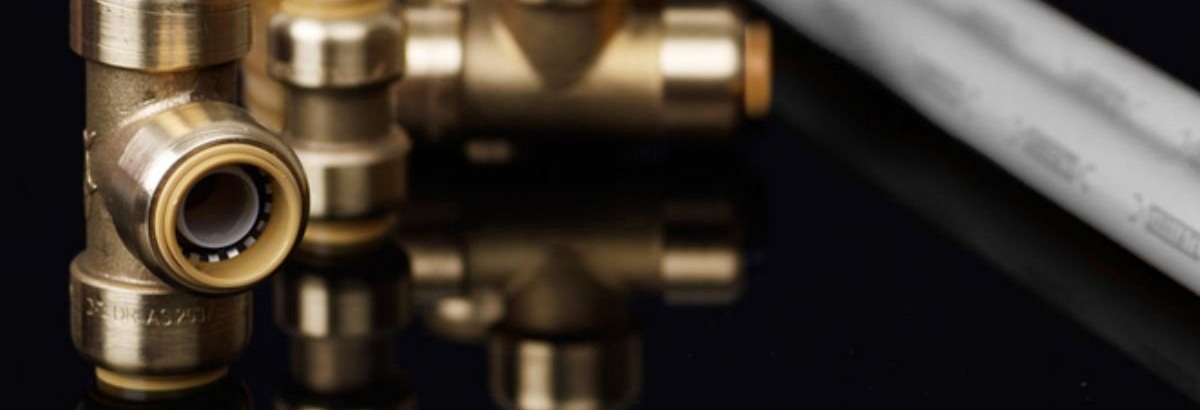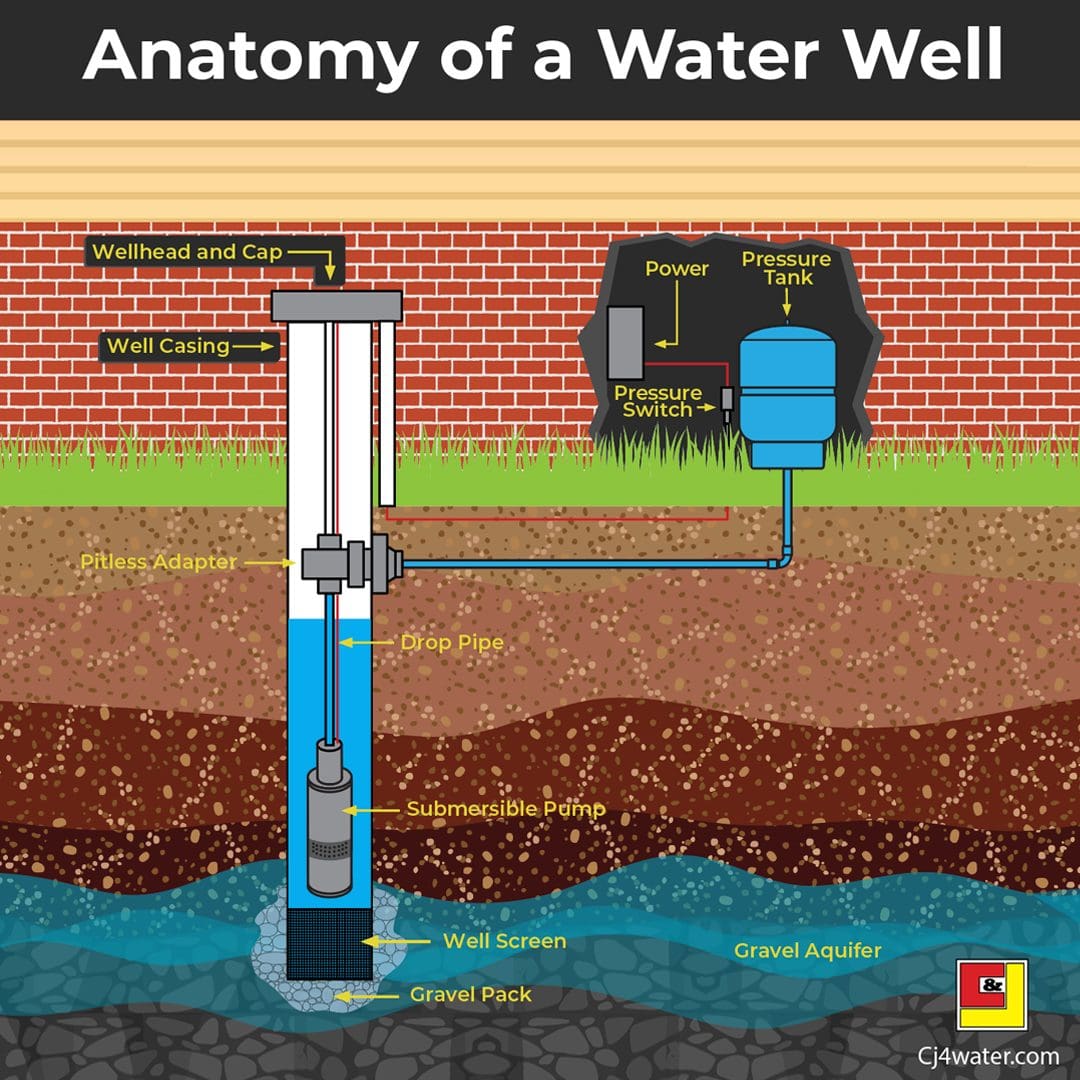The Complete Guide to Your Property's Plumbing System Anatomy
The Complete Guide to Your Property's Plumbing System Anatomy
Blog Article
This post directly below relating to The Inner Workings of Your Home's Plumbing is exceptionally motivating. Read it for yourself and decide what you think of it.

Recognizing how your home's pipes system functions is vital for each home owner. From delivering clean water for alcohol consumption, cooking, and bathing to securely removing wastewater, a well-maintained plumbing system is critical for your family's health and wellness and convenience. In this comprehensive guide, we'll discover the intricate network that comprises your home's pipes and deal tips on maintenance, upgrades, and managing usual concerns.
Intro
Your home's plumbing system is more than just a network of pipes; it's a complex system that ensures you have accessibility to clean water and effective wastewater elimination. Understanding its parts and exactly how they collaborate can assist you protect against costly repair work and make sure every little thing runs efficiently.
Basic Parts of a Plumbing System
Pipes and Tubing
At the heart of your pipes system are the pipelines and tubes that bring water throughout your home. These can be constructed from various materials such as copper, PVC, or PEX, each with its advantages in terms of resilience and cost-effectiveness.
Fixtures: Sinks, Toilets, Showers, etc.
Components like sinks, bathrooms, showers, and bath tubs are where water is made use of in your house. Recognizing just how these components link to the pipes system aids in detecting troubles and preparing upgrades.
Shutoffs and Shut-off Points
Valves regulate the flow of water in your plumbing system. Shut-off shutoffs are vital throughout emergency situations or when you need to make fixings, allowing you to separate parts of the system without interfering with water circulation to the whole home.
Water System System
Key Water Line
The main water line links your home to the municipal water or a personal well. It's where water enters your home and is dispersed to various fixtures.
Water Meter and Stress Regulatory Authority
The water meter procedures your water usage, while a pressure regulator guarantees that water flows at a safe pressure throughout your home's plumbing system, avoiding damage to pipelines and components.
Cold Water vs. Hot Water Lines
Recognizing the distinction in between cold water lines, which supply water straight from the primary, and hot water lines, which lug warmed water from the water heater, helps in repairing and preparing for upgrades.
Drainage System
Drain Pipes Water Lines and Traps
Drain pipes lug wastewater far from sinks, showers, and toilets to the sewage system or sewage-disposal tank. Traps protect against drain gases from entering your home and also catch debris that could trigger clogs.
Air flow Pipes
Air flow pipes permit air into the drain system, avoiding suction that can slow drainage and cause catches to vacant. Correct air flow is crucial for keeping the honesty of your plumbing system.
Importance of Correct Water Drainage
Making certain appropriate drain prevents back-ups and water damages. On a regular basis cleaning drains pipes and keeping traps can prevent expensive repairs and prolong the life of your pipes system.
Water Heating Unit
Sorts Of Water Heaters
Hot water heater can be tankless or traditional tank-style. Tankless heating units warmth water on demand, while storage tanks save heated water for instant usage.
Upgrading Your Plumbing System
Factors for Updating
Upgrading to water-efficient fixtures or changing old pipes can enhance water top quality, reduce water bills, and boost the worth of your home.
Modern Pipes Technologies and Their Benefits
Explore technologies like wise leakage detectors, water-saving commodes, and energy-efficient water heaters that can save cash and lower environmental effect.
Expense Factors To Consider and ROI
Calculate the upfront expenses versus long-lasting savings when thinking about pipes upgrades. Several upgrades spend for themselves via decreased utility expenses and less repair work.
Exactly How Water Heaters Link to the Pipes System
Recognizing just how hot water heater connect to both the cold water supply and hot water circulation lines aids in detecting concerns like insufficient hot water or leaks.
Upkeep Tips for Water Heaters
Regularly flushing your water heater to remove sediment, checking the temperature level setups, and checking for leakages can expand its lifespan and enhance energy effectiveness.
Typical Plumbing Concerns
Leakages and Their Causes
Leaks can occur due to maturing pipelines, loose installations, or high water pressure. Addressing leakages promptly prevents water damages and mold growth.
Obstructions and Blockages
Clogs in drains pipes and commodes are frequently caused by flushing non-flushable products or an accumulation of oil and hair. Making use of drainpipe screens and bearing in mind what goes down your drains pipes can prevent clogs.
Indicators of Plumbing Problems to Expect
Low water stress, slow-moving drains, foul odors, or abnormally high water expenses are indications of prospective pipes problems that need to be resolved quickly.
Plumbing Maintenance Tips
Regular Inspections and Checks
Schedule yearly plumbing evaluations to catch concerns early. Try to find signs of leakages, corrosion, or mineral buildup in taps and showerheads.
Do It Yourself Maintenance Tasks
Simple jobs like cleaning faucet aerators, looking for bathroom leakages making use of color tablet computers, or protecting subjected pipes in cool climates can avoid significant plumbing problems.
When to Call a Professional Plumbing Professional
Know when a plumbing concern needs professional expertise. Attempting intricate fixings without correct understanding can bring about even more damage and higher repair service expenses.
Tips for Decreasing Water Usage
Simple behaviors like fixing leakages quickly, taking shorter showers, and running full tons of washing and dishes can conserve water and lower your energy bills.
Eco-Friendly Pipes Options
Think about lasting plumbing materials like bamboo for floor covering, which is durable and eco-friendly, or recycled glass for counter tops.
Emergency situation Readiness
Actions to Take During a Plumbing Emergency
Know where your shut-off shutoffs lie and how to shut off the water supply in case of a ruptured pipeline or significant leakage.
Significance of Having Emergency Calls Convenient
Keep get in touch with details for local plumbings or emergency situation solutions conveniently offered for quick action throughout a pipes situation.
Ecological Influence and Preservation
Water-Saving Components and Home Appliances
Setting up low-flow taps, showerheads, and commodes can dramatically reduce water usage without sacrificing efficiency.
Do It Yourself Emergency Fixes (When Suitable).
Momentary solutions like making use of air duct tape to spot a dripping pipeline or positioning a pail under a trickling tap can lessen damages up until an expert plumbing gets here.
Verdict.
Understanding the anatomy of your home's pipes system empowers you to keep it successfully, saving time and money on repair services. By adhering to regular maintenance routines and remaining educated regarding contemporary plumbing technologies, you can guarantee your pipes system runs efficiently for years ahead.
HOW YOUR PLUMBING SYSTEM WORKS
Which Pipes Do What?
Blue lines = fresh water supply entering the building Red lines = hot water supply entering the building Grey lines = pipes carrying waste away from the building and venting pipes carrying gases away from the building (through the roof) YOUR MAIN PLUMBING SYSTEMS
There are two main plumbing systems that support your home s basic plumbing needs one that brings clean water into your home, and one that sends dirty water away from your home. Connected to the toilet, bath, shower, and other faucets in your home, these two systems keep your water flowing in the right directions.
ACCESSING FRESH WATER
Fresh and clean water is brought into your home through the main water supply line . Filtered through one pipe, this water is pressured to flow into the various fixtures in your home at any given time.
This water can be sourced from a well located on your property, a pond or river (mostly cottages), or, as in most cases, from the city s municipal water treatment centre. However, it is important to note that water that is untreated, such as the water siphoned from ponds or rivers, may not be safe to drink. Personal water supplies always need to be treated for hardness and contaminants before consumed.
MUNICIPAL WATER SUPPLIES
Improve taste and odour Remove sediment Eliminate hardness Reduce chlorine COLD WATER SUPPLY VS. HOT WATER SUPPLY
Cold water flows into your home or building through the service line, which then distributes hot or cold water to your fixtures. This line is most commonly run through a central column that runs floor to floor. Hot water runs in short and straight pipes as the longer the pipeline, the more heat that will be lost in the transfer. Having shorter pipes also allows residents to access hot water more quickly.
WASTE WATER SYSTEM
Your wastewater system is divided into two parts pipes that send wastewater away from your home and venting pipes that send sewer gas away from your home. Sewage water travels through pipes that flush the water and waste towards local sewers that are operated and managed by your city or town. Most sewer systems rely on gravity to move the wastewater to where it needs to go.
The further away from your toilet or sink, the larger wastewater pipes become. This allows for waste to be disposed of from various parts of your home or business at once without pipe blockages. The angle and flow of these pipes are also essential for keeping your waste pipes clear of build up.
https://harrisplumbing.ca/how-your-home-plumbing-system-works/

I was made aware of that article on Understanding Your Home's Plumbing Anatomy through an acquaintance on our other web property. Sharing is caring. Helping others is fun. We take joy in reading our article about Understanding Your Home's Plumbing Anatomy.
This Website Report this page